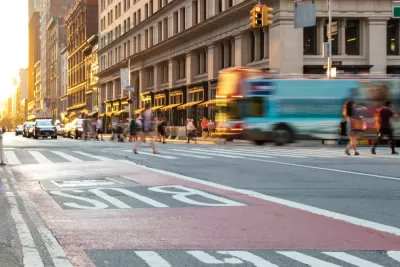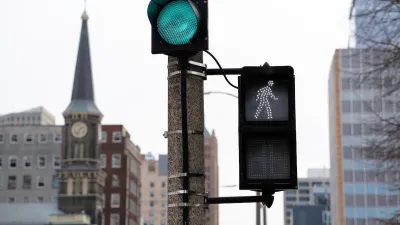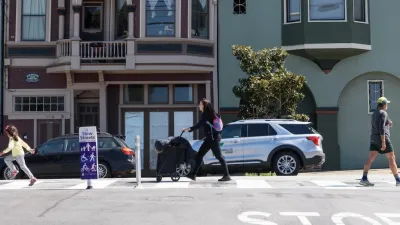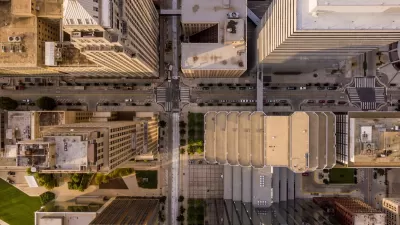While traffic fatalities remain far above zero, the city saw fewer injuries compared to areas without Vision Zero initiatives.

In a piece for The New York Times, James Barron assesses the progress made since New York City first announced its Vision Zero pledge 10 years ago.
According to a new study in The American Journal of Public Health, Vision Zero did more than save lives: it saved Medicaid over $90 million in reimbursements in its first five years. The study found that traffic-related injuries fell significantly compared to counties without Vision Zero programs. “The study also found that low-income New Yorkers had fewer injuries from crashes involving automobiles, bicycles, motorcycles and pedestrians. The sharpest drop in traffic-related injuries, the study said, was among Black New Yorkers.”
The Vision Zero initiative reduced speed limits from 30 miles per hour to 25 mph, made physical safety improvements on city streets, and boosted traffic enforcement, including red light cameras. “The state authorization for red-light cameras will expire this year unless the State Legislature reauthorizes the program. The city has asked to expand it, noting that the cameras have reduced red-light running by 73 percent.”
FULL STORY: How Vision Zero Made New Yorkers Safer and Saved Money

Study: Maui’s Plan to Convert Vacation Rentals to Long-Term Housing Could Cause Nearly $1 Billion Economic Loss
The plan would reduce visitor accommodation by 25,% resulting in 1,900 jobs lost.

North Texas Transit Leaders Tout Benefits of TOD for Growing Region
At a summit focused on transit-oriented development, policymakers discussed how North Texas’ expanded light rail system can serve as a tool for economic growth.

Using Old Oil and Gas Wells for Green Energy Storage
Penn State researchers have found that repurposing abandoned oil and gas wells for geothermal-assisted compressed-air energy storage can boost efficiency, reduce environmental risks, and support clean energy and job transitions.

Private Donations Propel Early Restoration of Palisades Playground
Los Angeles has secured over $1.3 million in private funding to restore the Pacific Palisades playground months ahead of schedule, creating a modern, accessible space that supports community healing after recent wildfires.

From Blight to Benefit: Early Results From California’s Equitable Cleanup Program
The Equitable Community Revitalization Grant (ECRG) program is reshaping brownfield redevelopment by prioritizing projects in low-income and environmental justice communities, emphasizing equity, transparency, and community benefits.

Planting Relief: Tackling Las Vegas Heat One Tree at a Time
Nevada Plants, a Las Vegas-based nonprofit, is combating the city’s extreme urban heat by giving away trees to residents in underserved neighborhoods, promoting shade, sustainability, and community health.
Urban Design for Planners 1: Software Tools
This six-course series explores essential urban design concepts using open source software and equips planners with the tools they need to participate fully in the urban design process.
Planning for Universal Design
Learn the tools for implementing Universal Design in planning regulations.
Ascent Environmental
Borough of Carlisle
Institute for Housing and Urban Development Studies (IHS)
City of Grandview
Harvard GSD Executive Education
Toledo-Lucas County Plan Commissions
Salt Lake City
NYU Wagner Graduate School of Public Service





























